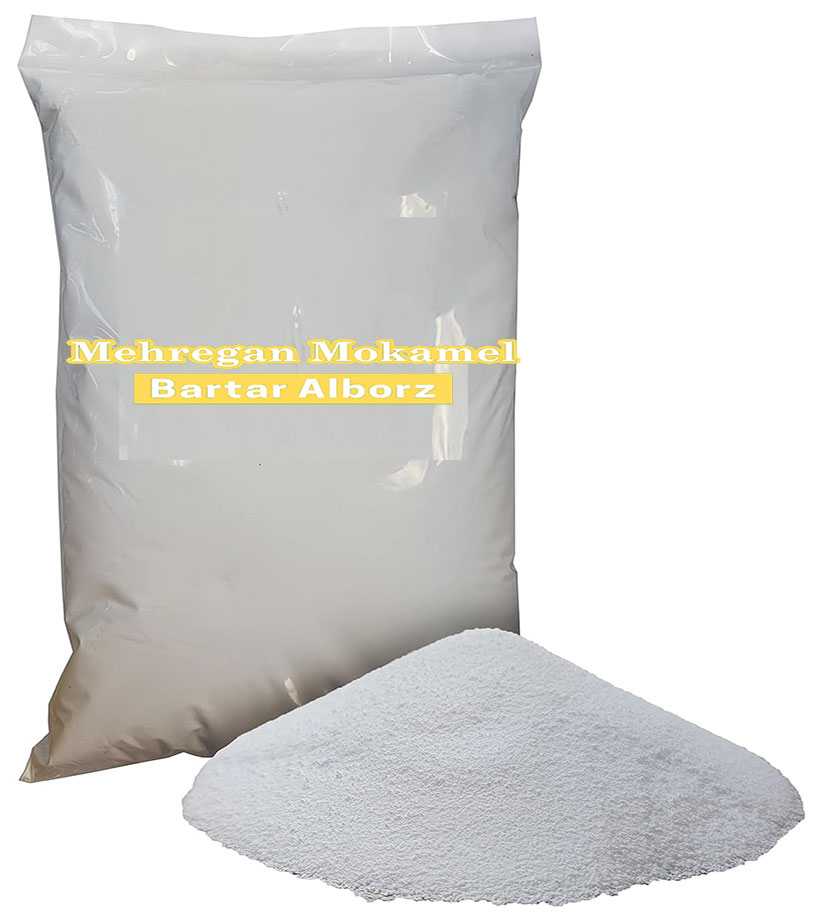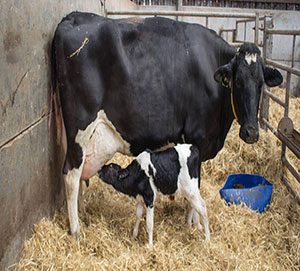Calcium Propionate for Transition Dairy Cows
A Dual-Action Feed Additive
The transition period in dairy cows—a window from three weeks pre- to three weeks post-calving—remains one of the most metabolically sensitive phases in the dairy production cycle. Cows in this stage often suffer from negative energy balance (NEB) and calcium deficiencies, which can trigger metabolic disorders like ketosis, milk fever (hypocalcemia), and retained placenta. An effective way to address these problems simultaneously is the use of calcium propionate for transition dairy cows.
This article explores how calcium propionate functions as both an energy supplement and a calcium source, and how it can be effectively incorporated into dairy transition management.
The Role of Calcium Propionate in Transition Nutrition
Calcium propionate is a white crystalline salt formed by combining calcium and propionic acid. It is commonly used as a mold inhibitor in food and feed, but in ruminant nutrition, its true value lies in its dual-purpose functionality:
- As a Glucose Precursor: Propionate—the active component—serves as a key substrate in gluconeogenesis, helping to maintain blood glucose levels.
- As a Calcium Supplement: Calcium released from calcium propionate helps prevent subclinical and clinical hypocalcemia.
Together, these features make calcium propionate for transition dairy cows an ideal supplement during the periparturient period.
Why Energy and Calcium Are Crucial in Transition Cows
Energy Needs: The onset of lactation causes a surge in glucose demand, but dry matter intake typically declines, especially around calving. This causes NEB, increasing the risk of ketosis.
Calcium Requirements: At calving, the demand for calcium increases dramatically to support colostrum and milk production. Without supplementation, many cows—especially multiparous ones—fail to maintain normal blood calcium levels.
Calcium propionate helps solve both these issues in one cost-effective, easy-to-administer form.
Mechanism of Action of Calcium Propionate
In the Rumen: Propionate is absorbed through the rumen wall and transported to the liver, where it is converted into glucose via gluconeogenesis.
Calcium Absorption: Calcium from calcium propionate dissociates in the digestive tract and is absorbed into the bloodstream, contributing to systemic calcium levels.
This makes calcium propionate for transition dairy cows particularly useful as a prophylactic measure against metabolic disorders.
Benefits of Calcium Propionate for Transition Dairy Cows
- Prevents Ketosis
By increasing hepatic glucose production, calcium propionate reduces the risk and severity of ketosis.
- Supports Calcium Homeostasis
Reduces incidence of subclinical hypocalcemia and milk fever by supplementing dietary calcium.
- Improves Dry Matter Intake (DMI)
Balanced energy and calcium levels support better feed intake, which further reduces NEB.
- Boosts Milk Yield and Reproductive Performance
Healthier cows transition better into lactation, showing improved milk output and fewer fertility issues.
- Easy Integration into TMR or Oral Drenches
Can be used in individual or group-level strategies.
Dosage and Administration Guidelines
The standard dose of calcium propionate for transition dairy cows ranges between 100 to 300 grams per cow per day, depending on cow size and risk profile.

TMR Inclusion: Best for large herds to ensure consistency.
Tip: Introduce calcium propionate a few days before calving and continue for 7–14 days postpartum for optimal results.
Calcium propionate for transition dairy cows stands out for its dual function, particularly where both ketosis and hypocalcemia are concerns.
Challenges and Considerations
Palatability: High inclusion rates may reduce feed intake due to bitterness. Use flavor masking if needed.
Over-supplementation: Excess calcium can interfere with parathyroid hormone regulation.
Storage Sensitivity: Hygroscopic nature requires proper storage to avoid clumping.
Consult a veterinarian or nutritionist for the best implementation strategy tailored to your herd.
Frequently Asked Questions About Calcium Propionate for Transition Dairy Cows
Q1: Can calcium propionate be used alongside other glucose precursors?
A: Yes, it can complement glycerol or propylene glycol, especially if the goal is to support both energy and calcium levels.
Q2: Is calcium propionate safe for first-lactation heifers?
A: Yes, although younger cows are at lower risk of milk fever, they still benefit from energy support.
Q3: How does calcium propionate compare to calcium chloride?
A: Calcium chloride is faster-acting but more caustic. Calcium propionate is safer and provides energy as well.
Q4: Is it effective against subclinical ketosis?
A: Absolutely. Regular use helps maintain glucose levels, preventing subclinical cases from progressing.
Q5: Can I use calcium propionate in organic dairy systems?
A: This depends on local certification rules—some organic systems allow it under restricted use. Always verify with your certifying agency.
Related content:
Calcium Propionate for Transition Dairy Cows
The need for essential amino acids in dairy cows


